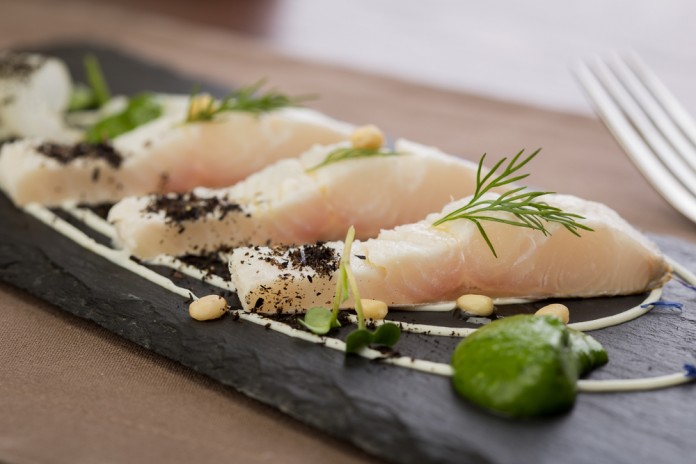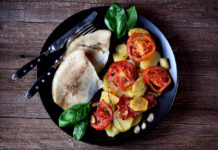There are many different ways to cook fish—grilling, baking, searing, you name it. Creating a delicious meal using these techniques isn’t hard at all once you get the hang of it—even if cooking fish is something you find intimidating.
So how can you prepare fish for dinner? There are more than a few ways, so here is an overview to get you started.
Grilling
Tougher fish like salmon and tuna can be grilled right on the grate, but it’s recommended to grill more delicate fish like fresh Tilapia Fillets from Mexico or Honduras in foil or a grill basket.Thicker cuts of Tilapia like Kirkland Frozen Tilapia Loinis from Costco can hold up well on the grill. Fish should also be dry before it goes on the grill or else it will steam. Give the fish some time to cook too—constantly checking on it will disrupt the grilling process.
Broiling
Broiling works well for thin cuts of meat, like fillets, because it uses very high heat. If the meat is too thick, it might just scorch the outside before cooking all the way through. It’s also recommended to bring your fillets to room temperature before cooking them in a broiler, so make sure they’ve sat out of the fridge for about 10 minutes prior to ensure a nice even cooking process.
When the oven is hot enough for broiling, simply arrange the fish on a pan, and place in the oven. It takes only minutes to cook the fish, so keep an eye on it!
When it’s done, take out of oven and transfer onto a plate right away, so it doesn’t keep cooking. Let cool for 5 minutes and serve.
Searing
Searing your fish fillets will give them a nice, crispy crust while keeping the insides juicy. To achieve this, you should use a pan that can handle the heat, like cast iron, stainless steel or aluminium. And, of course, the oil or fat you use should be able to handle the heat before smoking, too—so opt for grapeseed oil, safflower, canola oil or clarified butter.
To sear perfect fish every time, heat the oil or butter in your skillet to a high heat and slide the fillets in. The first side needs to cook two-thirds the way through, so give it time to form a crust and cook! When it’s time, flip it to cook the last third completely.
Serve with the better looking side up and over a bed of sauce—you want to show off the searing on the fish, not hide it.
Poaching
This method is likely the closest you can get to a juicy slice of fish without frying it in oil. Steaks and whole fish are recommended for this method, as they’re less likely to crumble and fall apart than fillets are.
Poaching fish is simple. Thoroughly rinse the fish and pat dry with paper towels. Place fish in a large saucepan and add enough poaching liquid to the pan to cover the fish.
Bring your poaching liquid to a simmer over medium heat and cook the fish for 10 minutes or until the center of the fish seems opaque and flakes easily when prodded with a fork. Do not bring the liquid to a rolling boil—keep it at a simmer.
When the fish is done, remove it from the liquid with a slotted spatula. Serve poached fish hot, right out of the poaching liquid with the sauce of your choice or chill and serve later.
Parchment Envelope
One other unique way to cook fish for a tender, juicy result is to use a parchment envelope. With this method, the fish can be cooked and even served in a traditional parchment envelope, making for an easy cooking and cleaning process.
So how do you cook fish in a parchment envelope? It’s quite easy—just fold a piece of parchment paper in half, and draw half of a heart shape on the fold. Cut along lines, and place fillet securely in the middle of one half.
Now, make small overlapping folds along the open edges and twist tie the end to help it stay secure. Place envelope facing down on the pan so that it doesn’t come undone in the oven.
The envelope allows steam to be caught inside the parchment, meaning you can cook the fish at a lower temperature. You can also add seasonings, citrus fruit or even vegetables into the envelope to create a whole meal.
As you can see, there is no wrong way to cook fish. Each of these methods yield a different, delicious result, meaning you’ll have to stock up on Tilapia to try them all.
Photo credits: Eduard Zhukov / Shutterstock; senk / Shutterstock; Eskymaks / Shutterstock; Agnes Kantaruk / Shutterstock






